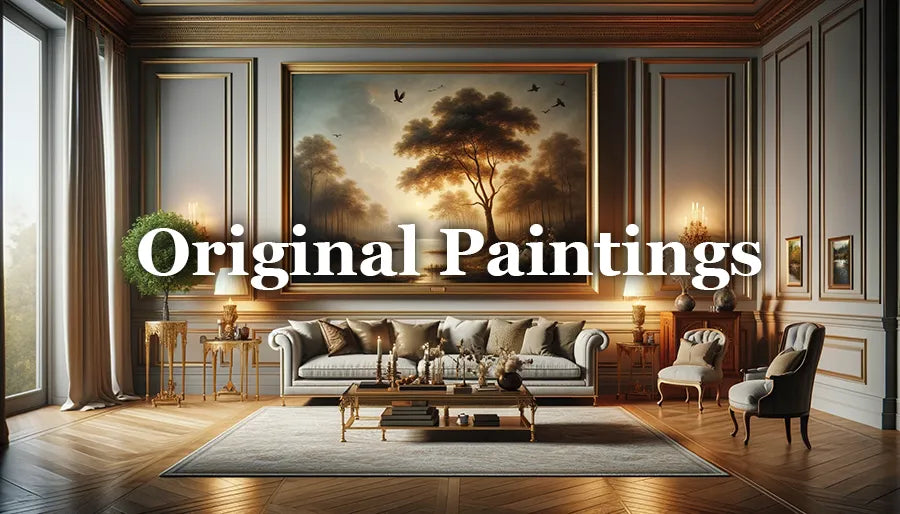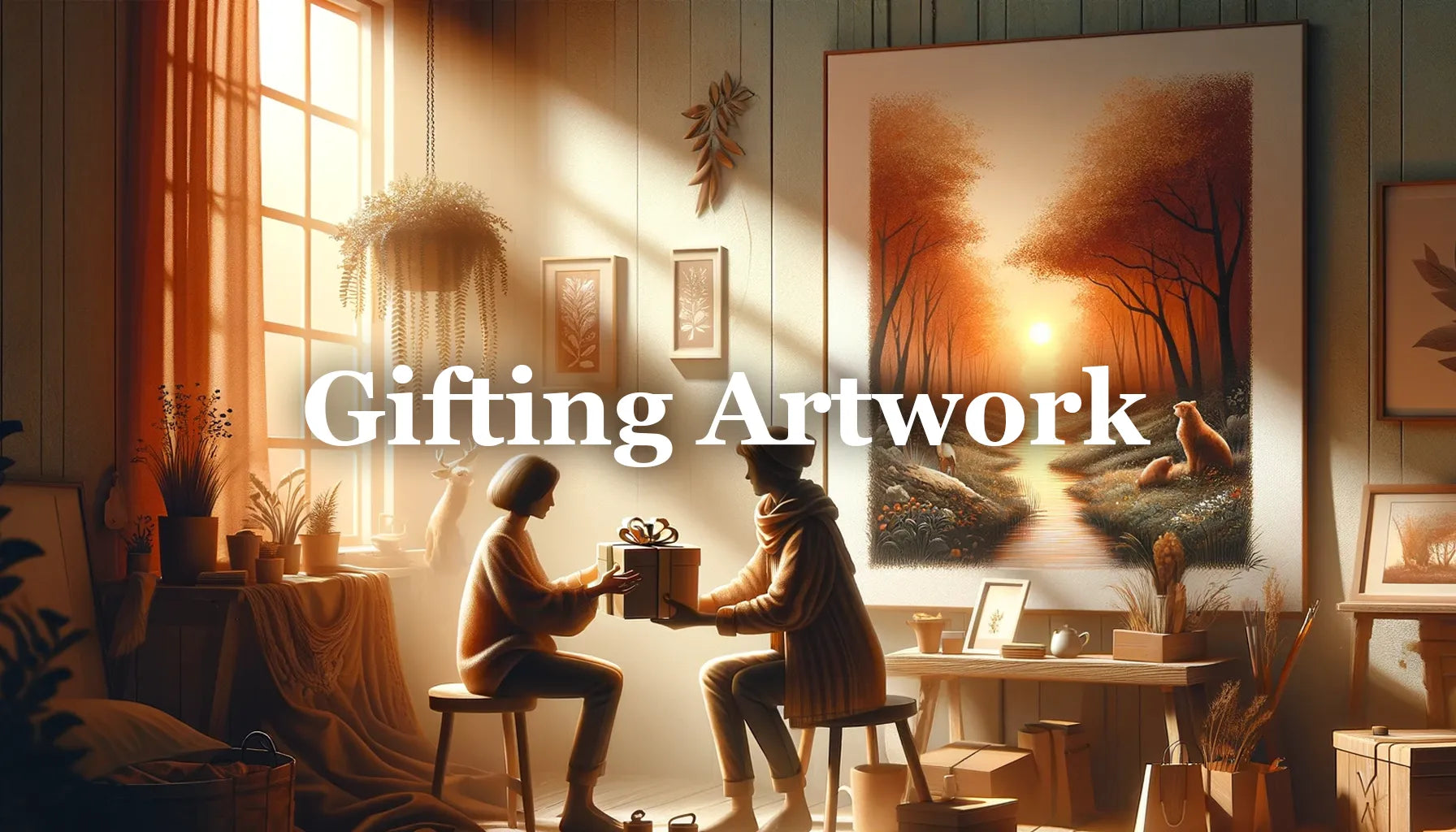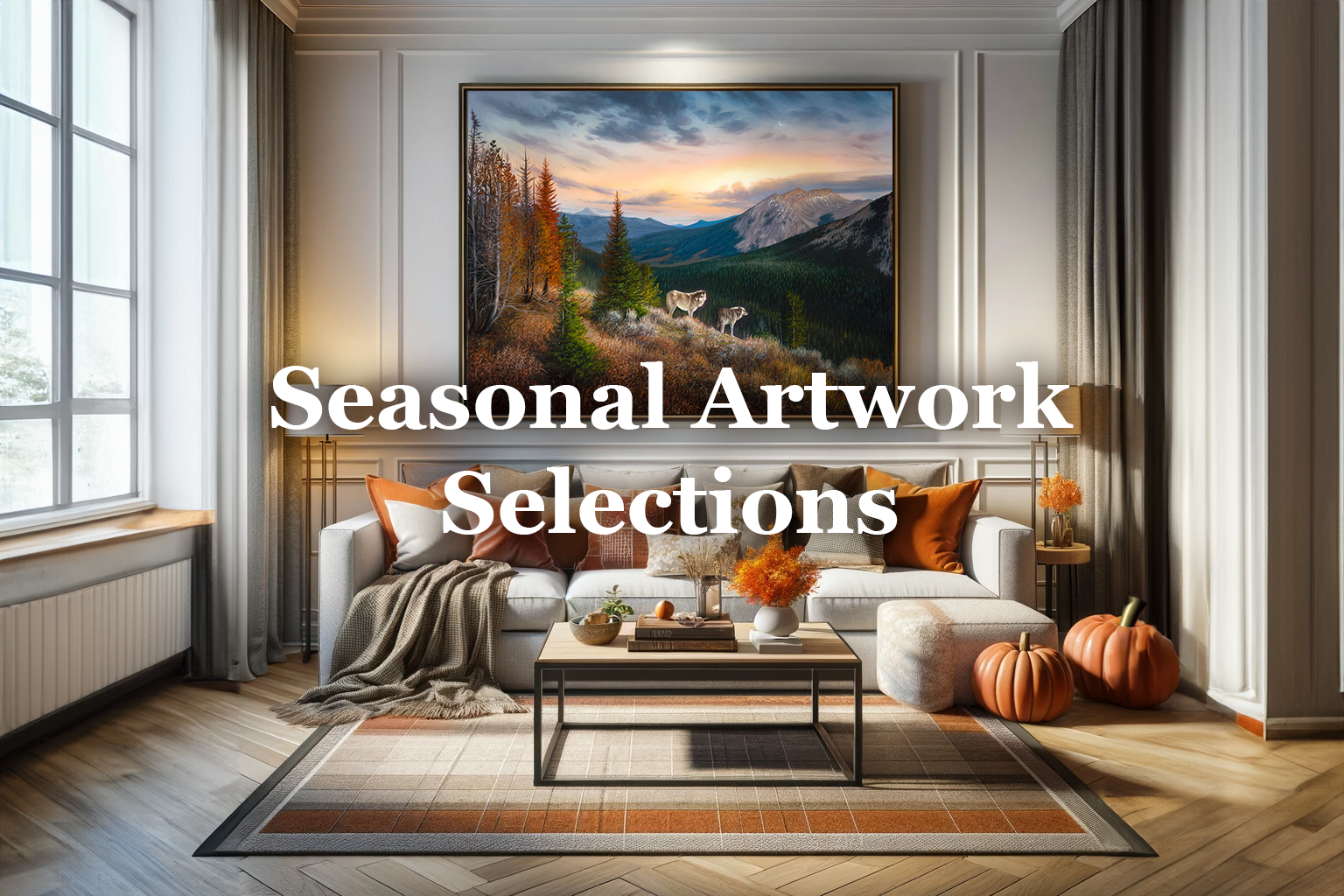This blog is supported through the affiliate links below
Best Foundations for Your Artwork: Why Hardboard Panels are Better for Painting
A long time ago in my painting journey I decided to try and enter the Federal Duck Stamp Contest. Upon reading the rules I found one thing to be very clear: Your painting, including the matboard, must be no more than 1/4" thick or you will be disqualified. Basically, you were required to paint on a panel. I discovered the benefits of painting on panels or MDF boards instead of traditional stretched canvas through this experience and I must say, I became hooked.
 My first duck stamp painting in 2007
My first duck stamp painting in 2007
Note: This blog contains affiliate links and purchasing through them supports our site at no extra cost to you.
Hardboard Panels or Stretched Canvas?
For artists seeking stability and longevity in their work, hardboard panels consistently outshine stretched canvas, providing a rigid, durable support that stands the test of time. Unlike the unpredictability of canvas, which can sag or distort, panels offer a consistently flat and resilient surface, allowing for detailed precision. Additionally, for those seeking versatility, canvas can be seamlessly mounted to hardboard, combining the best of both worlds in one masterpiece.

A while back I wrote a blog on panels vs canvas, but I wanted to dive in a little deeper on the panels side of things. So in this article, I'll get into the specific reasons why using hardboard panels should be your preferred choice for small paintings. Additionally, I will share some ways on how you can create your own panels and save money doing it.
So, what is MDF board?
MDF, or Medium-Density Fiberboard, is a widely used wood-based product across many industries. It is made by combining wood fibers with wax and resin under high temperature and pressure. MDF offers a smooth, uniform surface that is not only affordable, but highly versatile. It is commonly used in furniture, cabinetry, and decorative paneling.

What is Masonite?
Masonite, sometimes referred to as tempered hardboard, is a type of panel made from wood fibers and resin. It is known for its durability and smooth surface, making it ideal for many applications. With its strong material properties, Masonite offers a reliable solution for various architectural and design needs.
The name "Masonite" comes from the company that first produced this type of hardboard. It was invented and patented by William H. Mason in 1924. The term Masonite eventually became synonymous with the product, and it is now used to refer to similar types of hardboard produced by various manufacturers.
What is the difference between MDF and Masonite?
Masonite typically has a denser composition compared to MDF, making it a more suitable choice for applications that require higher strength and impact resistance. This is why Masonite is the preferred choice for artwork support.
Superior Support and Durability
When working on smaller paintings, the stability of the surface is crucial. Hardboard panels and MDF board provide exceptional support that surpasses the flexibility of stretched canvas. Unlike canvas, which can sometimes sag or lose its tension over time, panels remain flat and sturdy, ensuring your artwork stays intact for years to come.
Making small canvases that do not sag or stretch improperly is actually tougher than one might think. I can't tell you how many small-sized stretched canvases I've bought that are not perfectly flat or taut. Many times these were brands of canvas that I've had great luck with in large sizes as well. So when it comes to consistency, you can't beat hardboard panels here.
Smooth and Consistent Texture
This one is sort of a no-brainer. Panels offer a smooth, consistent surface, free from the irregularities and weave patterns found in canvas. This smoothness provides an excellent foundation for creating intricate and detailed artworks. Whether you prefer a smooth finish or want to experiment with texture through impasto techniques, panels offer unparalleled control within your brushwork.
Some artists may not like a perfectly smooth texture and that's understandable. Luckily, there are several ways to prep your boards as well which produce different feeling surfaces to work on which I'll touch on down below.

Resistance to Moisture and Warping
Humidity and moisture can be detrimental to stretched canvas, causing it to warp or even grow mold over time. In contrast, MDF board, ideally when a sealer is added, is more resistant to moisture, making them ideal for environments with fluctuating humidity levels. This quality ensures the longevity of your artwork and allows you to display it confidently in any setting.
Now, size is a bit of a limiting factor here, which I think is important to mention. I've painted on 18x24" hardboard without any reinforcement or backing to it and the moisture of the paint caused it to curl a bit. It wasn't a huge deal as I was able to press it flat into a frame, but this where panels lose their advantage and why I say they are only best for small paintings.
If you are wanting to use hardboard for anything 18x24" and larger, I would highly recommend going with the Cradled Hardbords by Ampersand. These are the same boards, but with a frame on the back similar to a stretched canvas. With the framing, these boards are very resistant to warping and I use them to make my 30x40" canvas panels with great results.
Creating Your Own Panels
There are several ways in which you can make your own panels and I'll cover them briefly here. The first option is to buy panels from your local hardware store. These sheets often come in larger sizes and often times you can have them cut into the sizes you wish or just cut them yourself. Be careful with this method as the acidity of the wood fibers may not be sealed. It's important to coat your panels with something that serves as a barrier between your art and the panel. I use PVA mixed with water, but use precautions so that I do not warp the panels from the moisture.
Honestly though, I think the better option is to buy pre-cut art boards from your favorite art supply store as it saves you time and possible frustration. These boards made specifically for painting also are manufactured with longevity of your art in mind.

Ampersand Hardbord and Gessobord
When it comes to purchasing ready-made panels, Ampersand offers exceptional quality that consistently. Ampersand Hardbord is a versatile, archival-quality panel that comes un-primed. Going this route can be a great way to save money and customize your surface.
How to prep an un-primed panel
If you are starting out with a raw MDF board or un-primed panel, there are a few ways you can prime your surface for painting. The first option is to get yourself a good fan blender brush and a bottle of quality gesso. Squeeze out a little gesso on the board and proceed to fan it out with the brush until it is smooth. After the first pass it will be a little rough, so wipe off the excess on your brush with a paper towel and continue working the surface. As it begins to dry, you will be able to smooth it out more and more. This process can take 5-10 minutes before you are left with a smooth panel with a bit of canvas-like texture.
The next method is to buy a can of spray primer such as Krylon Gesso Spray. Simply spray on the primer for an amazingly smooth surface with a touch of texture, similar to fine sandpaper.

Pre-primed panels
If you prefer a pre-primed option, Ampersand Gessobord provides a flawlessly prepared surface that is ready for your paint straight out of the box. These panels have a slight texture to them as well, but not in the same way. This surface is smooth, but with a bit of a bumpy look/feel to it. I personally find these painting panels to be a touch too smooth for me, as they don't grab the paint from your brush as well as other surfaces. However, some find that this ultra-smooth texture is perfect for their painting style. So my advice is to experiment and see what works best for you.

So, there you have it. I love using stretched canvas or linen, but anymore these days, I save them for the largest paintings. You wouldn't want to use panel for a huge painting anyways because of various reasons like weight and stability. However, when it comes to that 8x10 or 12x16 that you've been planning, I think you are much better off finding a panel solution that works for your painting style. I hope this helps clear up some things on panels for you and remember that there isn't a perfect solution for everyone's needs, so don't be afraid to try new things.
Grow Your Painting Skills and Resources
Instant access to 1000s of royalty-free reference photos of landscapes and wildlife as well as step by step oil painting videos. Checkout My Memberships for more info.

I'm Chuck Black, landscape and wildlife artist based in Southwest Montana.






